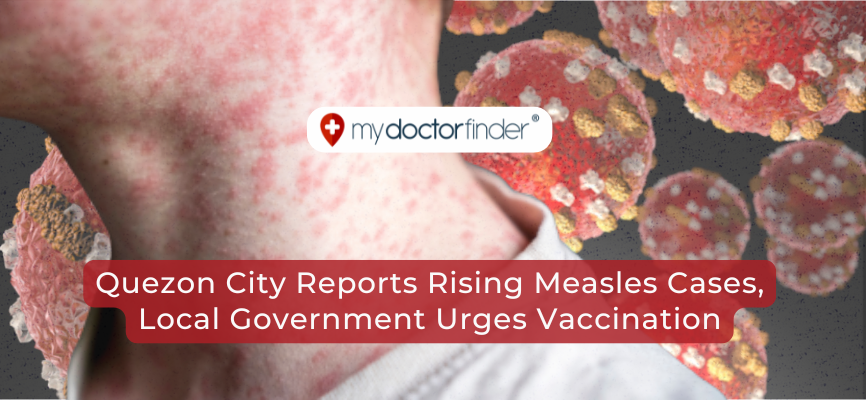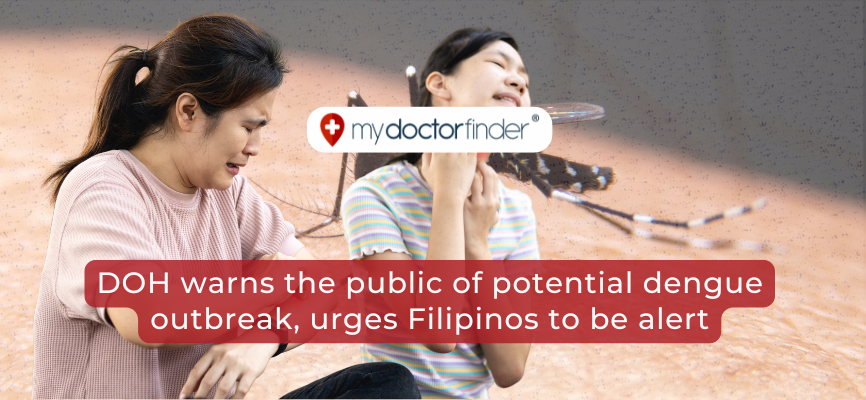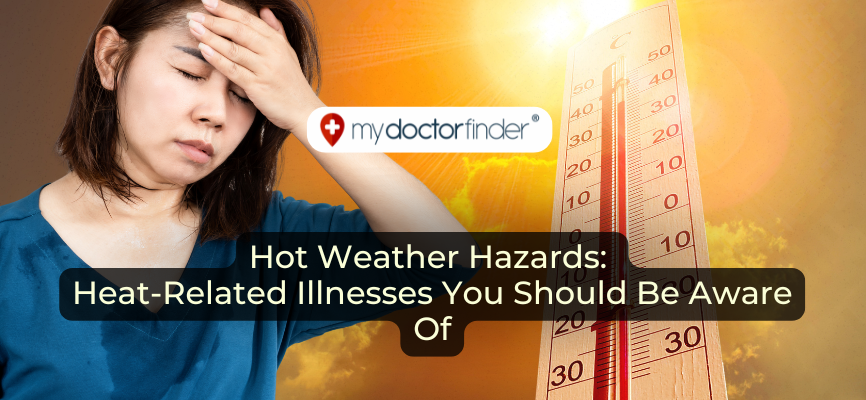Pneumonia is a common respiratory tract infection that affects both the young and old. In 2020, pneumonia was the cause of death in approximately 34,300 Filipinos. In the same year, the illness was identified as the fifth leading cause of death among Filipino women. In 2021, around 31,000 Filipino children under the age of 5 died because of pneumonia.
Pneumonia is characterized by the infection of the lung. The illness can be caused by either viral infection, bacterial infection, or fungal growth in the lungs. Pneumonia can affect one or both lungs and cause both the bronchiole and alveolar walls to swell. While all types of pneumonia infection occur in the lungs, symptoms and treatments can differ depending on the root cause. In this article, we will discuss the different types of pneumonia, their symptoms, and common treatments.
Pneumonia 101: Types, Symptoms and Common Treatments
Image from Discovery Commons
Pneumonia is an infection that causes the production of mucus in the lungs. The phlegm may appear green, yellow, or bloody and fill the alveolar walls, causing an inflammation of the bronchioles. There are over 30 microbes identified to be capable of causing pneumonia, and similar treatment plans may be prescribed for some of them.
There are three main causes of Pneumonia: viral pneumonia, bacterial pneumonia, and fungal pneumonia. Mycoplasma pneumonia, also known as ‘walking’ or ‘atypical’ pneumonia, is a similar type of illness caused by different types of bacteria other than the ones commonly known to cause bacterial pneumonia. Atypical pneumonia’s symptoms are often milder as well, and it is often diagnosed in older kids and younger adults.
Types of Pneumonia
According to Yale Medicine, pneumonia is classified depending on where it was acquired, rather than the cause of the illness. There are two main types of pneumonia: Hospital-acquired pneumonia (HAP) and community-acquired pneumonia (CAP). Hospital-acquired pneumonia is often considered more severe by medical professionals due to the reason that the bacteria that likely infected the patient is already immune to antibiotics. Another reason is the likelihood that the patient who is suffering from hospital-acquired pneumonia already has a compromised immune system, to begin with.
Other types of pneumonia include:
1. Healthcare-associated pneumonia (HCAP) is acquired from a healthcare facility. Similar to HAP, HCAP is likely caused by antibiotic-resistant bacteria.
2. Ventilator-associated pneumonia (VAP)
3. Aspiration pneumonia is caused by pneumonia virus, fungus, or bacteria-infected substances going down the trachea and infecting the lungs.
Symptoms of Pneumonia
The distinction between pneumonia and common colds can be blurry. If there is a suspicion of pneumonia, visiting a medical professional for a diagnosis is necessary as it can be life-threatening. Below are symptoms that may differentiate pneumonia from common colds.
-
Congestion or chest pain.
-
Difficulty breathing.
-
38.88 ℃ fever or higher.
-
Yellow, green, or bloody mucus or spit.
-
Fatigue
-
Vomiting
-
Low appetite
Common Treatments
Pneumonia is treated depending on the root cause of the illness. The severity of the case is also considered when it comes to developing a treatment plan for the patient. Below are some of the most common treatments for pneumonia.
-
Antibiotics
-
Antiviral medications
-
Antifungal medications
-
IV fluid administration
-
Oxygen treatment/therapy
-
Draining of excess fluid in case of pleural effusion (production of excess fluids in lungs and chest)
Preventing Pneumonia
Image from Smallbusiness.co
Pneumonia is a lung infection that can be mild to life-threatening. In case of the emergence of pneumonia-like symptoms, a trip to a healthcare center for a proper diagnosis is essential. In addition, vaccines such as pneumococcal vaccines are important for preventative measures.


.png)









.png)
.png)





